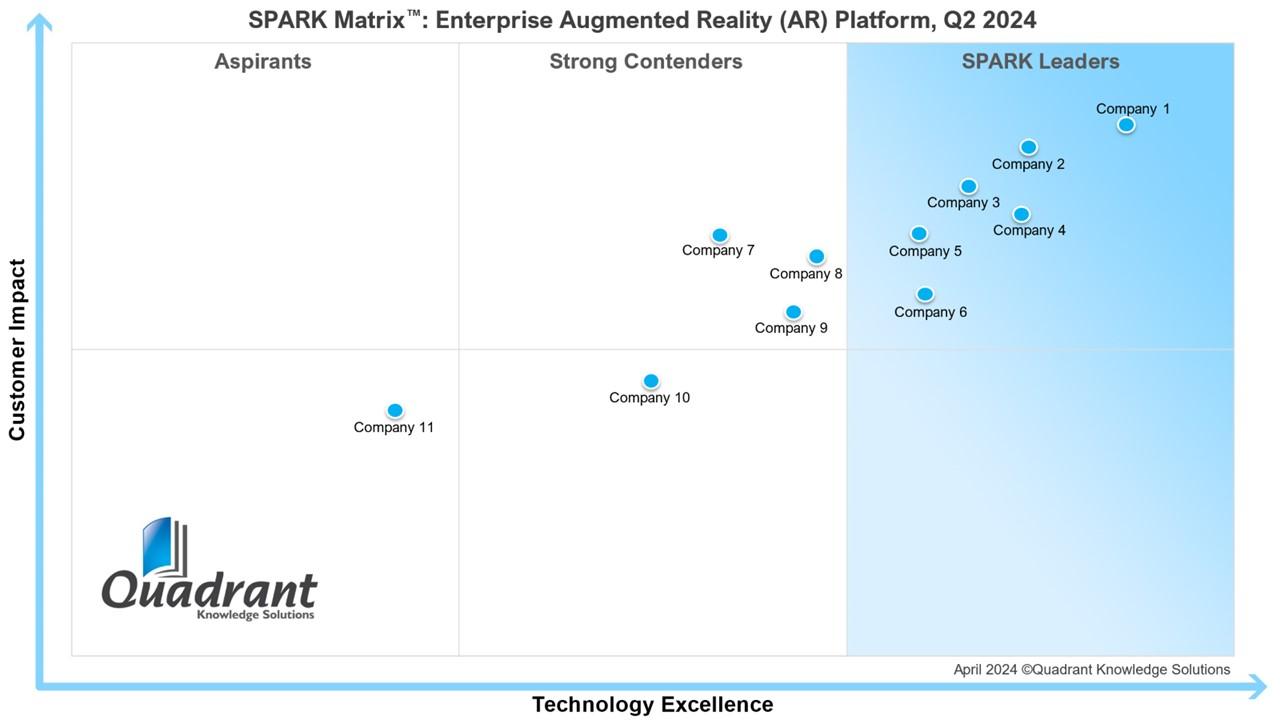In today’s era of digital transformation, Enterprise Augmented Reality (AR) platforms are emerging as powerful tools that bridge the gap between the physical and digital worlds. They are no longer limited to gaming or entertainment — instead, they play a crucial role in enterprise innovation, revolutionizing training, operations, and collaboration across industries. From manufacturing and logistics to healthcare and customer service, enterprise AR platforms are transforming how organizations operate, learn, and communicate.
Reimagining Employee Training with Immersive Learning
At the heart of enterprise AR lies its ability to transform employee training into an immersive, interactive experience. Traditional training methods often rely on static content, limiting employee engagement and knowledge retention.
With Enterprise Augmented Reality (AR) platforms, employees can engage in real-world simulations enhanced with digital overlays, helping them better understand complex processes and retain information longer.
By superimposing digital information, step-by-step guidance, and 3D visualizations onto physical environments, AR reduces human errors, especially in manufacturing, field operations, and customer service. This leads to higher operational accuracy, improved performance, and greater confidence among employees.
Driving Operational Efficiency and Collaboration
According to Minal Sonawane, Analyst at Quadrant Knowledge Solutions,
“These platforms empower enterprises to build custom AR experiences that seamlessly merge with their current workflows.”
Indeed, Enterprise AR platforms are not standalone tools—they integrate deeply with existing enterprise systems such as ERP, CRM, and IoT frameworks. This seamless integration enables real-time access to contextual information, analytics, and visual cues directly within employees’ work environments.
By doing so, enterprises can enhance operational effectiveness, minimize downtime, and facilitate smarter decision-making.
Additionally, AR-based communication tools allow geographically dispersed teams to collaborate effectively through shared visualizations and remote troubleshooting, reducing delays and improving productivity.
Enhancing Real-Time Data Access and Workflow Integration
A key strength of Enterprise Augmented Reality (AR) platforms lies in their ability to deliver real-time data and insights directly into the user’s field of view. Employees can visualize 3D models, access live data feeds, or receive instant instructions while performing tasks — all without leaving their workspace.
This seamless integration of AR into daily workflows simplifies complex processes, shortens learning curves, and enhances decision-making capabilities. Whether it’s an engineer visualizing a machine component or a retail associate understanding product layouts, AR ensures that the right information is available at the right time.
Fostering Innovation and Continuous Improvement
By enabling immersive collaboration and interactive learning, enterprise AR platforms cultivate a culture of innovation within organizations. Teams can rapidly prototype, test, and refine ideas in mixed-reality environments, reducing costs and development time.
Moreover, by unifying the physical and digital realms, enterprises can identify process inefficiencies, optimize performance, and enhance customer experiences. This convergence creates a digitally empowered workforce capable of innovating faster and responding to change with agility.
Conclusion
Enterprise Augmented Reality (AR) platforms are redefining how organizations train employees, manage operations, and collaborate across global teams. By integrating real-time data visualization, workflow automation, and immersive communication tools, these platforms empower businesses to enhance productivity, reduce errors, and innovate continuously.

